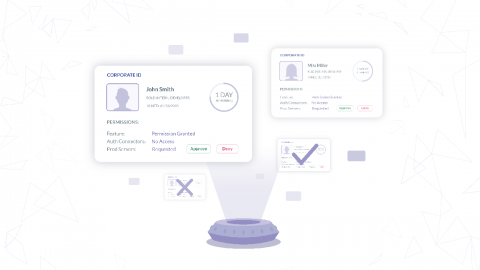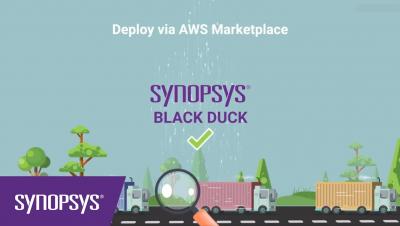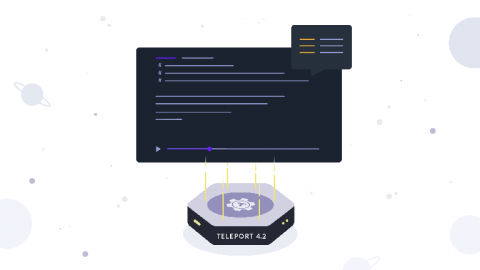Recently found Azure vulnerabilities underline the importance of Zero-Trust for cloud workloads
Check Point researchers recently published two vulnerabilities they’d found in Microsoft’s Azure cloud services. These flaws highlight a wave of potential attacks on cloud infrastructure and the exposure of workloads running in multi-tenant cloud environments.







